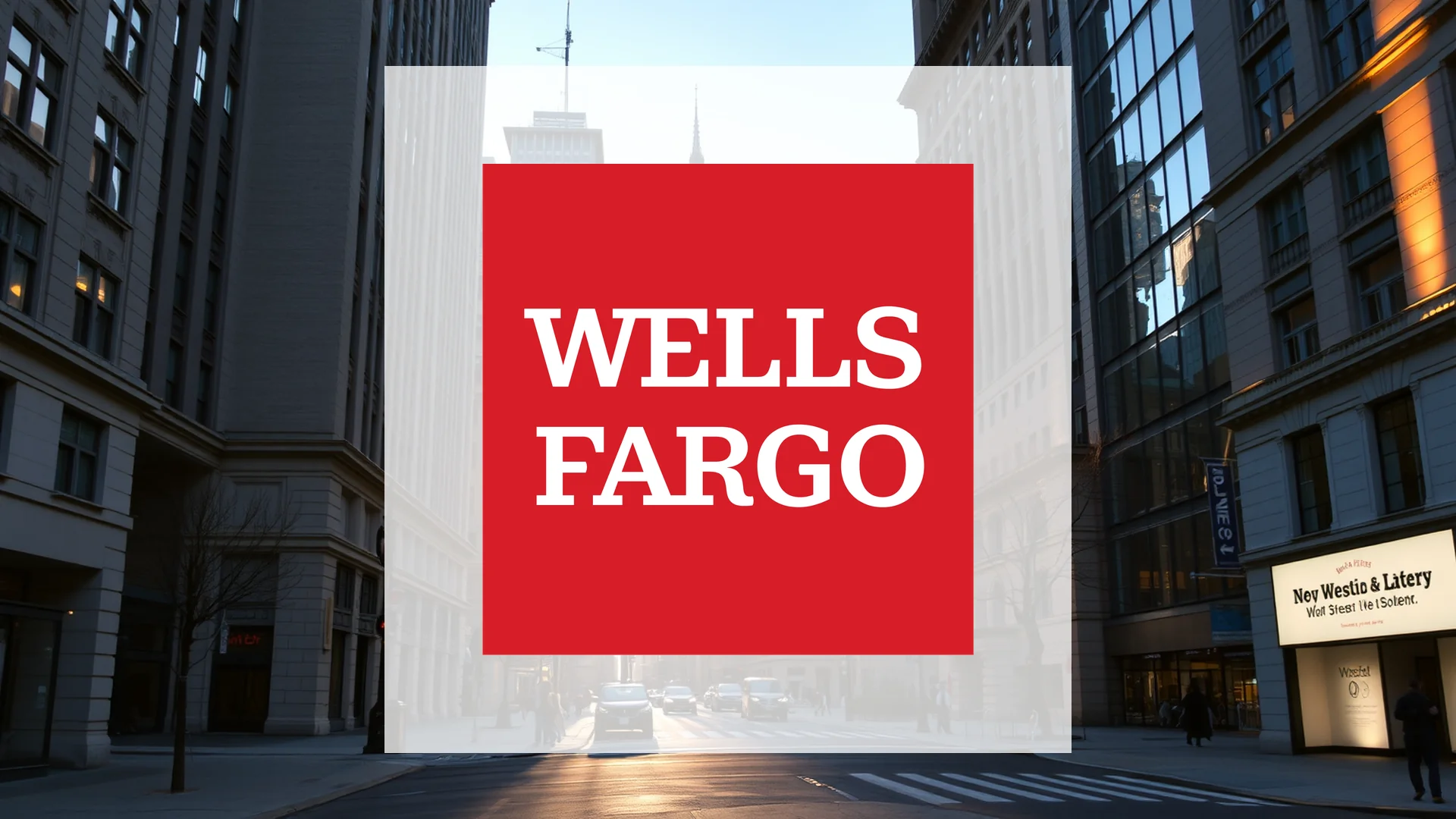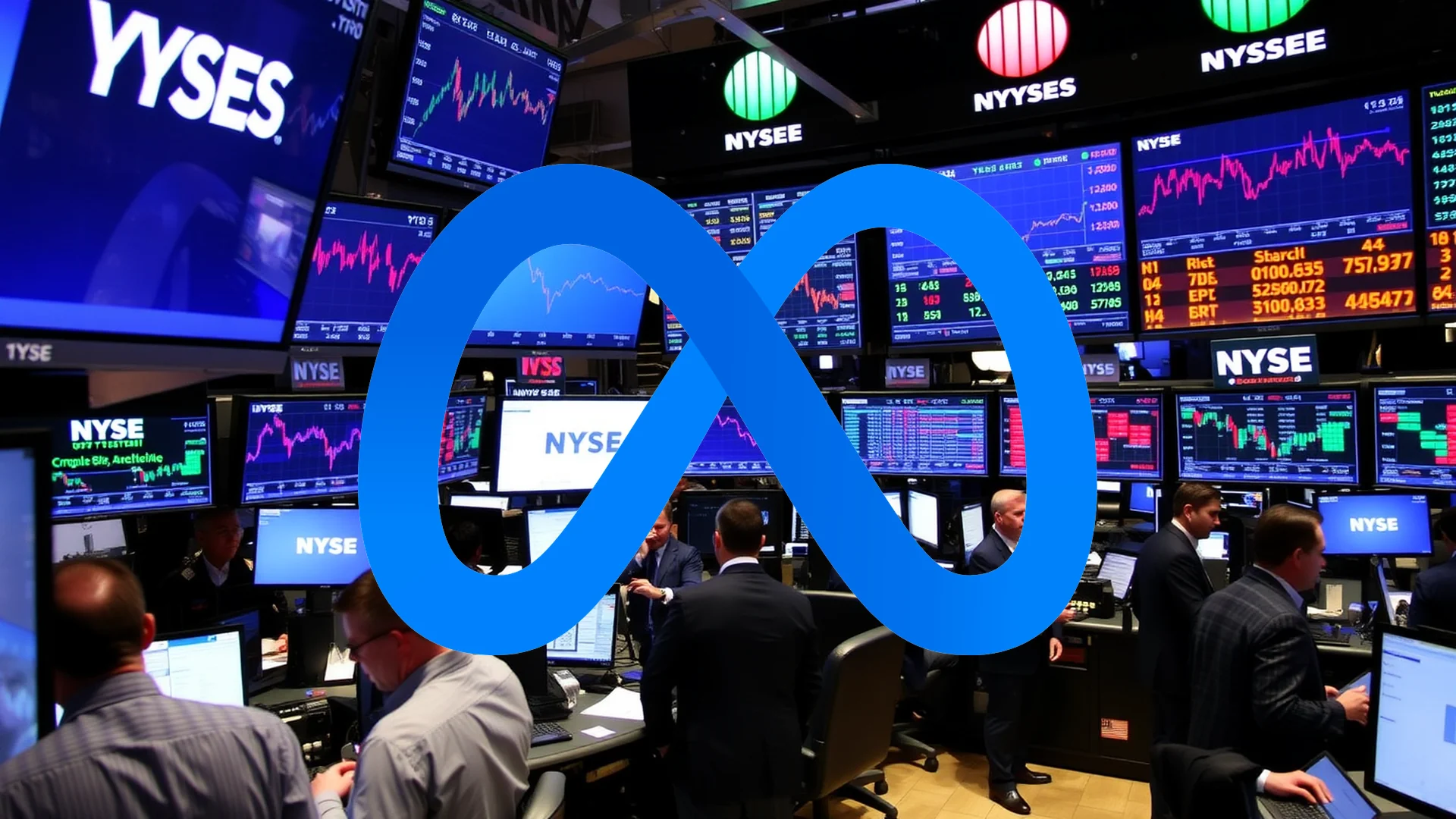Wells Fargo finds itself confronting the same complex environment facing other major US financial institutions. The Federal Reserve’s interest rate policy continues to compress profitability margins, creating a challenging backdrop where maintaining investor appeal through competitive returns has become increasingly difficult. The bank’s recent performance demonstrates both its adaptive strategies and the persistent pressures within the sector.
Profitability Pressures and Revised Outlook
The core challenge for Wells Fargo centers on net interest income, which declined by 2 percent during the second quarter of 2025 to $11.7 billion. This key profitability metric has been primarily affected by lower interest rates and shifting deposit patterns. The disappointing results prompted management to withdraw their full-year guidance, now projecting essentially flat performance at approximately $47.7 billion compared to previous expectations of 1-3 percent growth. Investor reaction was swift following the July earnings release, with shares declining 5.5 percent.
Strategic Dividend Increase
In response to these challenges, Wells Fargo has implemented a significant shareholder return initiative. The institution raised its quarterly dividend payment by 12.5 percent to $0.45 per share beginning in September. This adjustment translates to an attractive dividend yield of approximately 2.3 percent, serving as a confident signal about the company’s ongoing cash generation capabilities despite the difficult operating environment.
Institutional Sentiment and Regulatory Landscape
The dividend increase has received mixed reactions across the investment community. While retail investors generally welcome the enhanced income potential, institutional positions have diverged noticeably. Investment firms including PharVision Advisers and Front Street Capital substantially reduced their holdings by more than 50 percent, while other significant players such as Temasek Holdings established new positions totaling around $70 million.
Should investors sell immediately? Or is it worth buying Wells Fargo?
Concurrently, Wells Fargo continues to navigate legal challenges, including litigation from the New York Attorney General’s office regarding alleged deficiencies in fraud prevention within its digital payment services. Offsetting these concerns, the bank is advancing its technological transformation through an expanded partnership with Google Cloud, implementing artificial intelligence solutions to improve operational efficiency.
Analyst Perspective and Valuation Outlook
Despite the evident headwinds, analytical sentiment remains generally favorable toward Wells Fargo. The consensus price target of $82.56 sits substantially above current trading levels, with Piper Sandler recently reaffirming its “Overweight” recommendation and establishing an $87 price objective. Validea’s proprietary evaluation system, which incorporates principles from legendary investor Peter Lynch, indicates “strong interest” with a score exceeding 90 percent.
The critical question facing Wells Fargo involves whether its dual approach of robust shareholder returns and digital transformation can effectively counterbalance interest rate pressures. The answer to this strategic equation will likely determine the institution’s performance trajectory through the coming quarters.
Ad
Wells Fargo Stock: Buy or Sell?! New Wells Fargo Analysis from December 14 delivers the answer:
The latest Wells Fargo figures speak for themselves: Urgent action needed for Wells Fargo investors. Is it worth buying or should you sell? Find out what to do now in the current free analysis from December 14.
Wells Fargo: Buy or sell? Read more here...










